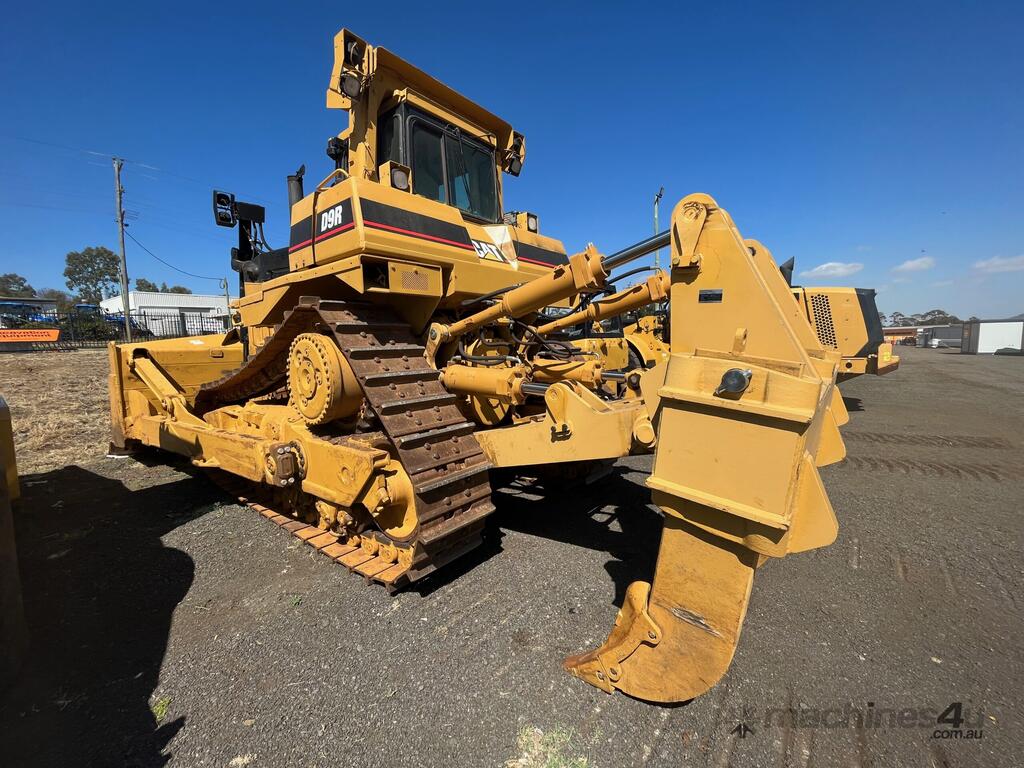Minerals can be extracted and processed efficiently using a wide range of tools called mining machinery. Every piece in the mining process is very important, from the excavators and haul trucks to the crushers and drills.
For beginners, understanding the basics of mining equipment can help you understand how important it is and make smart choices about which equipment to buy and how to use it. This article will provide a beginner’s guide to mining machinery.
1. Identify Suitable Mining Options

Factors such as accessibility, mineral concentration, and environmental impact are considered when choosing mining sites.
2. Set Up Infrastructure
Setting up infrastructure means getting the buildings and tools that are needed for mining operations ready. This includes building roads or access routes to the mining site, constructing storage facilities for materials and equipment, and establishing a base camp for workers.
Infrastructure also includes utilities such as water supply, electricity, and communication systems to support the mining operation.
3. Select the Mining Method
Choosing the right mining method depends on factors like the depth of the deposit, its size, and the type of minerals being mined.
Common methods include surface mining, which involves removing layers of soil and rock to access shallow deposits, and underground mining, which involves tunnels and shafts to reach deeper deposits. The chosen method should be safe, efficient, and environmentally sustainable.
4. Create a Mining Plan

The plan also addresses safety measures, environmental protection practices, and waste management strategies to minimize impact.
5. Obtain Necessary Permissions and Licenses
Before starting mining operations, obtaining necessary permissions and licenses from regulatory authorities is crucial. This ensures compliance with local laws and regulations regarding land use, environmental protection, and safety standards.
Permits may include exploration licenses, mining leases, environmental clearances, and community approvals, depending on the location and scale of the mining operation.
6. Establish a Mining Operation

The operation also includes processing facilities to crush, grind, and refine minerals for transport and sale. Ongoing monitoring and maintenance of equipment are essential to ensure efficient production and safety for workers.
Explore Further Resources and Training Opportunities
As you continue to delve into the world of mining machinery, remember that learning is a continuous journey. So, keep exploring, stay curious, and enjoy your journey in the fascinating world of mining machinery.

